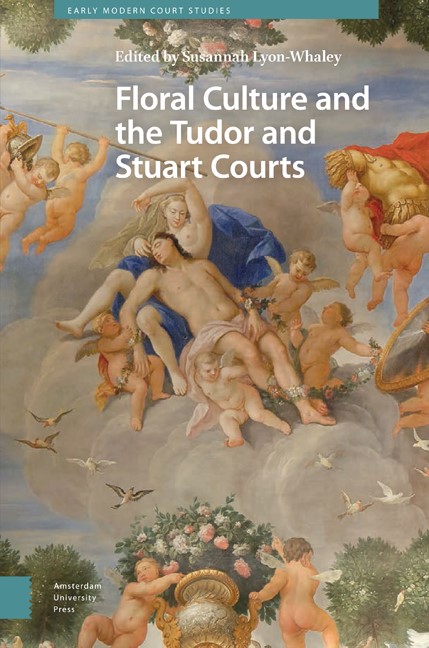12 - Floral Culture in a New Imperial Era : Indian Textiles in English Courts and Commons c. 1560–1700
Published online by Cambridge University Press: 16 April 2024
Summary
Abstract
Transformations in English floral culture emerged through global trade and imperial ambition, as floriated Asian goods moved through English court and commons from c. 1560–1700. Floral culture was a shared concern, which took new forms. Courts employed both flora and floral symbols, attentive to intersections of visual and material play, with growing attention to Asian textiles generation by generation. The growing abundance of patterned Asian textiles signalled English imperial purpose and courtly taste, plus the widening appetites for comforts and fashions among nonelites. Indian floriated items ultimately circulated across a wide social landscape. Calico, carpets, and quilts exerted a magnetic appeal, driving imperial geopolitics, reshaping the material environment of court and country. The later redirection of this trade marked new imperial priorities.
Keywords: material culture; calico; India; imperial policy; England; ambivalence
The realm of flowers was broad in early modern England. All ranks celebrated fleeting spring blooms, while specific floras were hunted by herbalists, housekeepers, and wise women for varied purpose. At the same time, heraldry established a floral permanency with the lily, rose, and trefoil among dynastic markers. Such visual idioms referenced the deep roots of genteel, noble, and royal families, signs of power and privilege, signs read by the lettered and unlettered alike. Common and celebrated local flowers were joined by increasing numbers of extra-European flowering plants from the 1500s. This chapter explores transformations in floral culture brought about through global trade, imperial ambition, and evolving material culture with a focus on floriated Asian goods adopted by English courts and commons. Indian wares were renowned for their diversity, with many colourful and colourfast printed, painted, and embroidered materials in floral motifs, in a myriad of qualities from diaphanous fineness to exquisitely knotted carpets. Imperial purpose and courtly taste were signalled by the greater abundance of patterned Asian goods in England, as well as the wider enthusiasm for comforts and fashions among non-elites. This history is notable for entanglements, with ‘the interconnectedness of various kinds of agency in an interdependent world.’ The agency of ‘things’ figures prominently, things seen, felt, smelled and touched, things to enrobe the body or adorn its passage on daily or ceremonial occasions.
- Type
- Chapter
- Information
- Floral Culture and the Tudor and Stuart Courts , pp. 333 - 356Publisher: Amsterdam University PressPrint publication year: 2024



